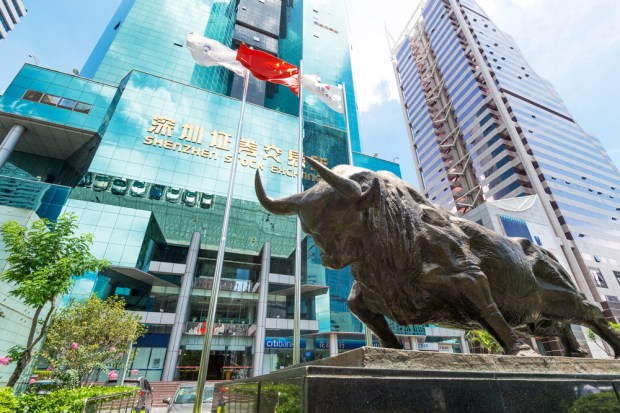As China’s Unemployment Rises, Consumer Spending Headwinds?

You’d be forgiven for being preoccupied with headlines and news stories focused on surging U.S. employment.
After all, we’re at levels not seen in decades since the Great Depression. And no one knows just what – let alone when – the new normal will set in.
But unemployment is also climbing in China, where even as the country emerges from lockdown, economic headwinds persist. As has been reported, the economy has declined for the first time in decades.
As CNN reported, the “full scale of how many people have lost their jobs [in China] is hard to capture.” The data may be understated, well beyond the 5.9 percent reported in March. That’s due in part to the fact that the official figures do not include people in rural communities or many migrant workers in trades such as manufacturing.
To that end, if those pools of workers are included, roughly 80 million people might have been out of work within the past several weeks, CNN reported, citing research from economists at the Chinese Academy of Social Sciences, a think tank. Add to that the fact that job vacancies were down 28 percent as companies pulled back on hiring (and firms were on lockdown), as measured by the China Institute for Employment Research. Also, as happens every year, nearly nine million graduates will be looking for work after they get their degrees, and the friction becomes significant.
As the Financial Times reported last month, Lu Hai, a professor at Peking University’s Guanghua School of Management, said the lockdowns seen in key markets such as Europe and the U.S. have hurt exports. He told the FT that “job positions may fall another 10-15 percent without policy intervention.”
Unemployment, or at least the specter of it, can cause consumers to pull back on spending, tightening wallets and purse strings to save for the rainy day that may be just around the corner.
Retail sales in March fell 15.8 percent year over year in China, even as businesses reopened – and, according to the South China Morning Post, work resumption rates were roughly 75 percent to 95 percent.
As reported in this space, debt levels may also hinder spending (without significant stimulus). Many households took on debt to help offset the impact of the coronavirus pandemic. Data from the People’s Bank of China show that individual consumer loans were up by 609.4 billion yuan ($87 billion) in March. Roughly half of the March increase went to home mortgages. Consumption loans accounted for 262.2 billion yuan, up about 9.6 percent from a year ago.
For China, the much-heralded return of the consumer may be a bit … delayed.
